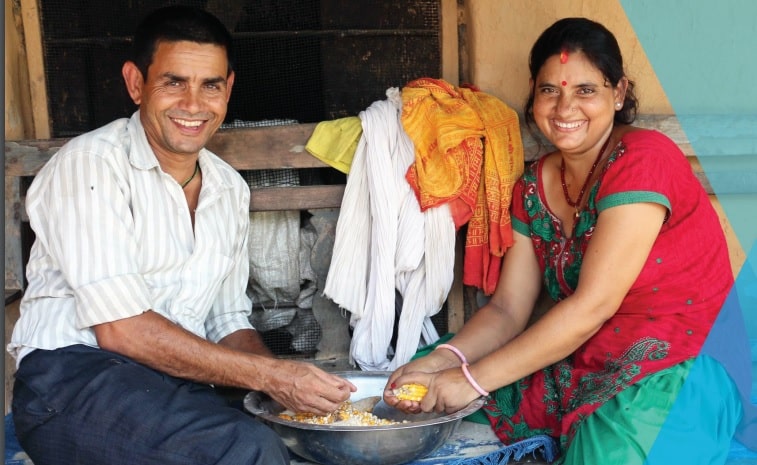

Intimate Partner Violence (IPV) in Nepal: Change Starts at Home study
This study, conducted by Emory University as part of the UK-Aid-funded "What Works to Prevent Violence Against Women and Girls," examines IPV in Nepal and the Change Starts at Home intervention.
A Project of —
Nepal, Championing Gender Equality & Women’s Empowerment
Intimate partner violence (IPV) is a significant and pervasive health and human rights issue for women around the world; one in three women experience physical and/or sexual violence at the hands of a partner within their lifetime. A similar proportion of women is affected in Nepal. Nationally, 11.2% of women who have ever been married report having experienced physical and/or sexual violence in the past 12 months. In rural Nepal, where gendered norms around dominance, aggression, and sexual rights of husbands over their wives are entrenched, over half of young married women report violence from an intimate partner in their lifetime.
The Change study took place in the Terai region, which has rates of IPV that are higher than the national average. Approximately one quarter of the 1,800 women surveyed in the Change baseline study had experienced IPV in the past 12 months, with 18% reporting sexual IPV and 16% reporting physical IPV.
The factors that increased a woman’s risk of experiencing IPV highlighted by the study’s baseline findings were: belonging to a lower caste, employment outside the home, financial stress, husband’s drinking, quarreling in the household, and poor communication. Women with disabilities experienced higher levels of both physical and sexual IPV than women without disabilities, and felt that they had less social support from in-laws, which compounded their vulnerable status. Risk of IPV also increased in households where either spouse had witnessed IPV as a child.
The partner violence norms scale (PVNS) was created to better understand and measure the role of gender norms in acceptance and perpetration of IPV, which was a key focus of the study. The PVNS measured community-level norms by asking women not only about their individual attitudes but also how they believed certain behaviors would be perceived by others in their community. Findings showed that where communities were perceived to be gender inequitable and more accepting of violence, women were at a higher risk of experiencing physical and/or sexual IPV in the past 12 months. These results confirm the potential value of targeting norms related to gender, masculinity and violence to tackle entrenched social problems, including IPV. Although measuring individual attitudes and aggregating the data is at present the most common approach to measuring norms quantitatively, the PVNS indicates that it is possible to measure norms through an individually administered quantitative survey. This usually happens through individual self-reporting alongside – but differentiated from – measuring attitudes. The PVNS therefore makes a significant contribution to understanding effective quantitative approaches to measuring community gender norms and their relationship to IPV.
The impact of the intervention was evaluated b y research partner Emory University, as part of the UK-Aid funded “What Works to Prevent Violence Against Women and Girls” program.
Read the entire study by clicking on the download link below, and learn more about the Change Starts at Home project here.